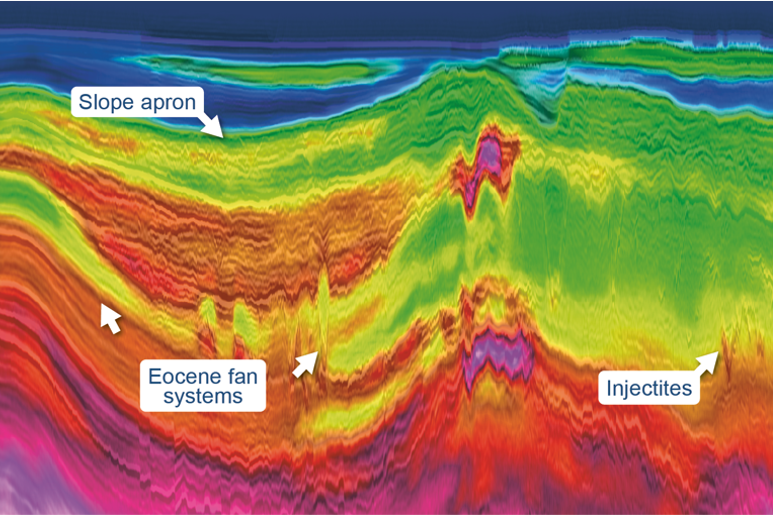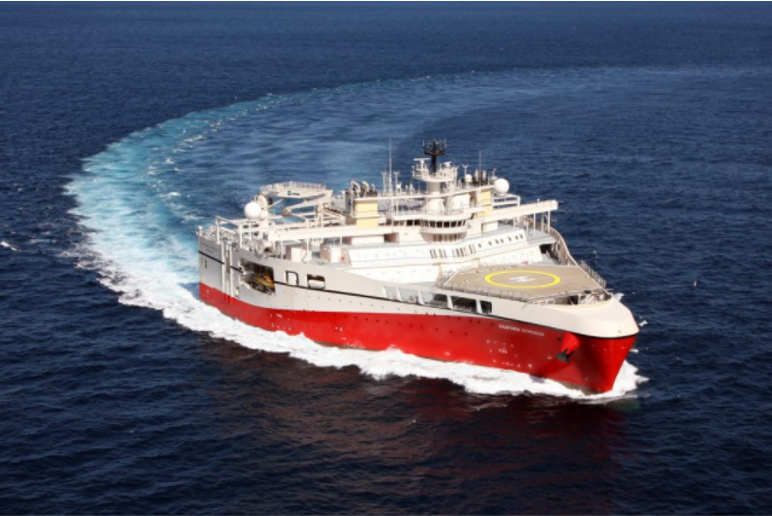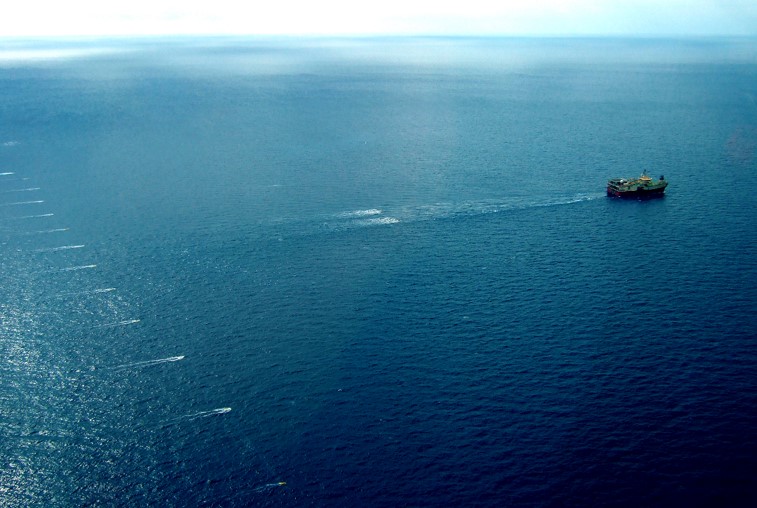In recent years, there has been an increased focus on the loud noises emitted from air guns during seismic surveys and its potential impact on marine life. Authorities have consequently started to introduce more and stronger regulations on the use of seismic sources.
– Basically, there are two methods of using seismic sources. The traditional one is to fire air guns for instance once every ten seconds and then record the waves from the ocean bottom and from the layers below, said Stian Hegna, Chief Acquisition Geophysicist in PGS, during The Biennial Geophysical seminar 2020 hosted by Norsk Petroleumsforening (NPF).
The traditional method is designed to maximize the primary-to-bubble ratio and emit a wavefield approaching the properties of a spike (a loud, short-lived “boom”). There is however a second method where the emitted sound levels may be reduced significantly.
– This method is called continuous wavefield and is done by emitting a wavefield over and over again (almost continuously). This wavefield approaches the properties of white noise and reduces the environmental impact of marine seismic sources.
The big question, according to Hegna, is whether this alternative method can deliver quality data.
Through examples of simulations, as well as some field tests done by PGS offshore Brazil and Malaysia, Hegna showed that continuous wavefield may, in fact, deliver seismic data of good quality. In some areas, the continuous wavefield data provided similar or even better quality data than through traditional seismic source usage.
In the Brazil test study, PGS was able to achieve comparable results while emitting sound levels 8-9 dB below the conventional survey done in the same area.
However, the signal-to-noise ratio of seismic data will in some instances be directly related to the output levels of the source(s). Imaging sub-basalt target may for example still need the use of traditional seismic sources in the future.
RONNY SETSÅ





